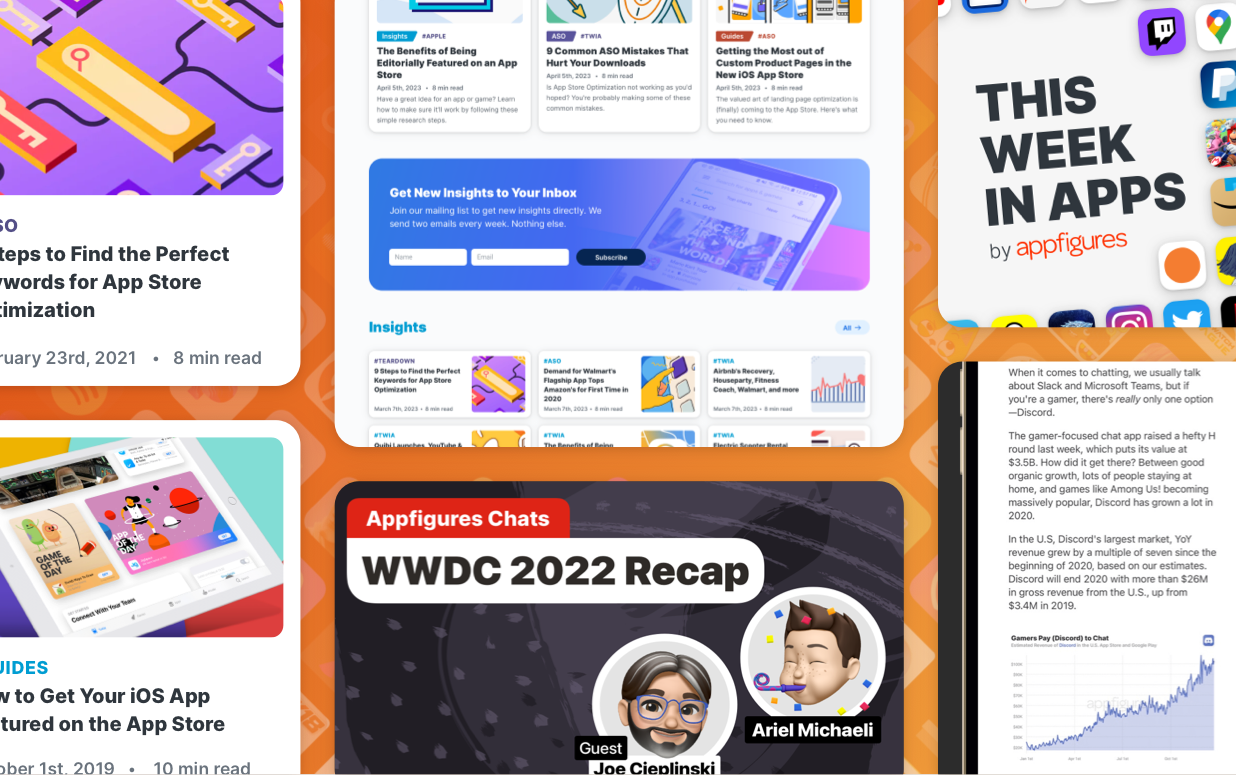
News & Resources
What's the story?
When I started at the company, Appfigures was pursuing multiple efforts to grow and acquire new users. They were writing great content, but it didn’t have a dedicated space. And they were hosting events, but their format was limited. I knew some essential differences that would likely improve certain aspects of its strategy. So, I proposed, created, and championed an improved solution, bringing an unprecedented return on investment that will last forever.
Objective
I wanted to research the viability of a content strategy that I saw in common. My experience at CreativeMornings showed me what engaging events are like. And my time following InVision's design resources showed me how you could make good content that helps people while appropriately selling yourself. I knew Appfigures could reach their goal of becoming a stronger authority in the app industry if they tried similar plays.
Summary of Accomplishments
-
Increased Users and Plans
The new content strategy to incorporate the product more helped increase the acquisition and conversion of 100,000+ new users and customers, including expansion into pricing plans for journalists.
-
A Massive Content Library
News & Resources is now a core strategy with new content weekly. Their library has 1100+ articles, 100+ podcast episodes, and 165+ YouTube videos and webinars with 2.5k+ subscribers and 87,000+ views.
-
More Major News Mentions
By the Summer of 2023, major tech publications mentioned the company and referenced its data in articles over 400% more often in the 5 1/2 years I supported the project than in the company’s entire history.
-
Larger Events and Special Guests
The elevation of its events gave the company the reputation to fill venues like Twitter HQ NYC and Amazon AWS Startup Loft and attract industry guest speakers from notable companies like Adidas, SeatGeek, and BBC.
Finding Room for Improvement

Design Process

Originally this was just a test of porting the company's existing content and incorporating my suggestion of creating a few guides. Being a company of around twelve people, we didn’t know how much bandwidth we’d have to make content. We didn’t know how frequently we’d be able to write for it, and we didn’t have the developer bandwidth to get features like search and pagination into the MVP. I only had a couple of weeks to assemble the website with designing and developing the front end. I did my best with the design and development constraints, and we gave it a shot.
The MVP quickly became a more consistent homepage for the content and a better reading experience than the blog. When the company realized it was seeing an improvement in engagement, I got the go-ahead to continue working on it. I already had plans for improvements and what would need to happen to keep a quality experience as the library grew. However, the only developer able to work on it was now writing the content, and I was moved further into working on the core product. But, I’m permitted to share all my work on the project, including the work they couldn’t implement by the time of writing.




Ongoing Support
I gave ongoing support to the initiative during my entire time at the company. This included making things work in deadlines between projects and wearing multiple hats to support all the channels the content was going through. Some of the things I did include editorial illustrations, Podcast covers, YouTube thumbnails, event assets, and subscription landing pages.
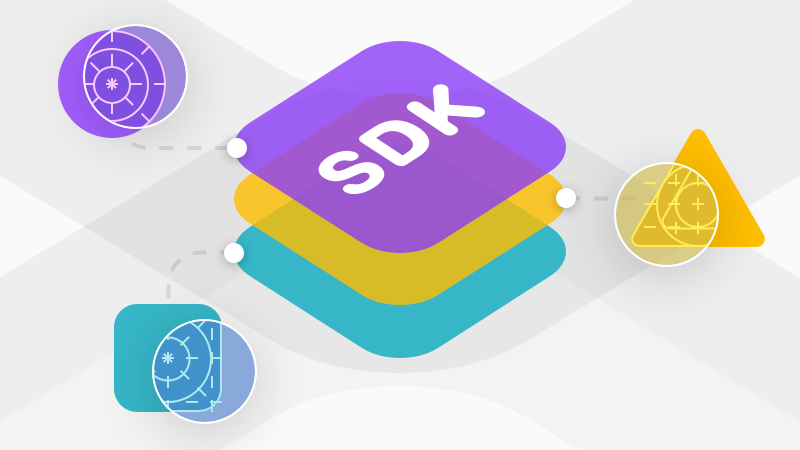

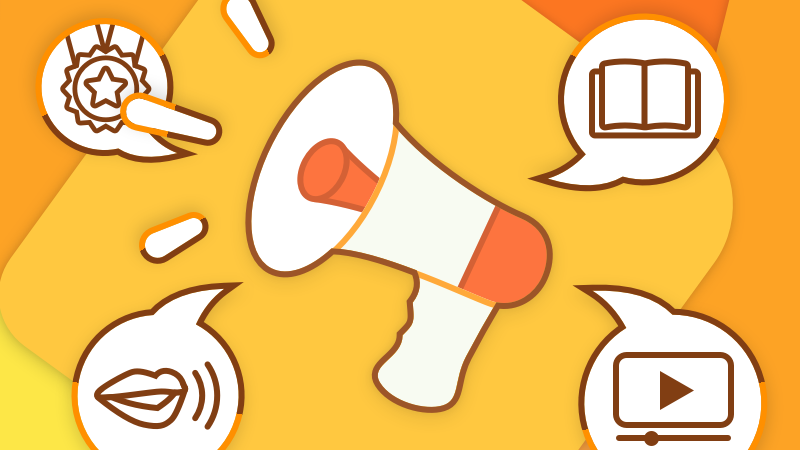



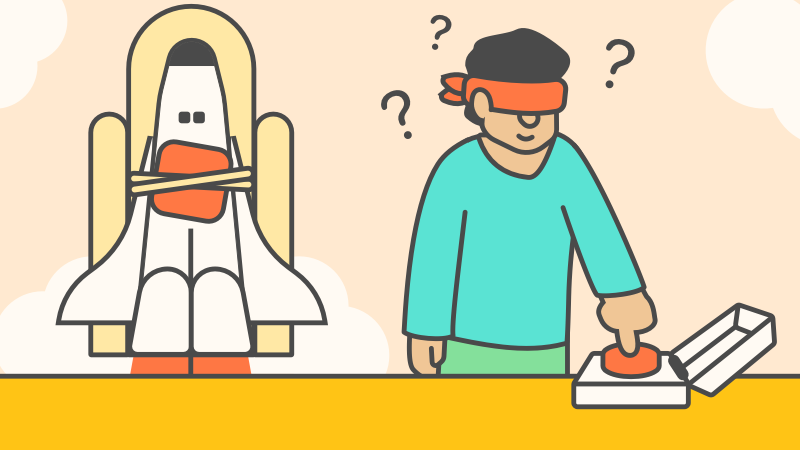

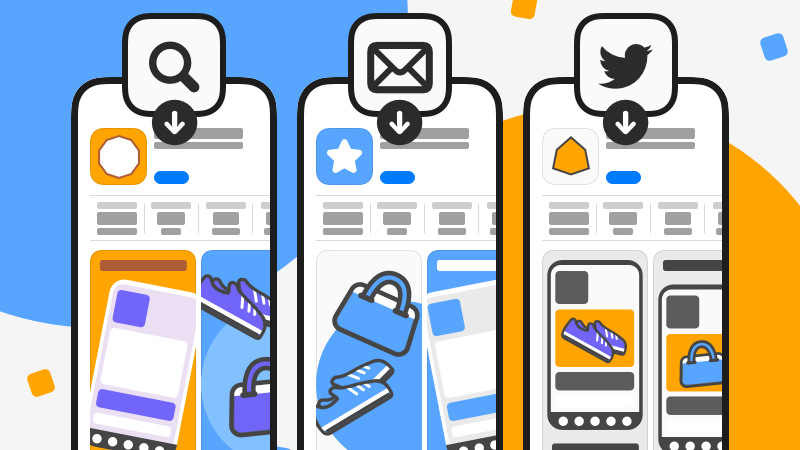





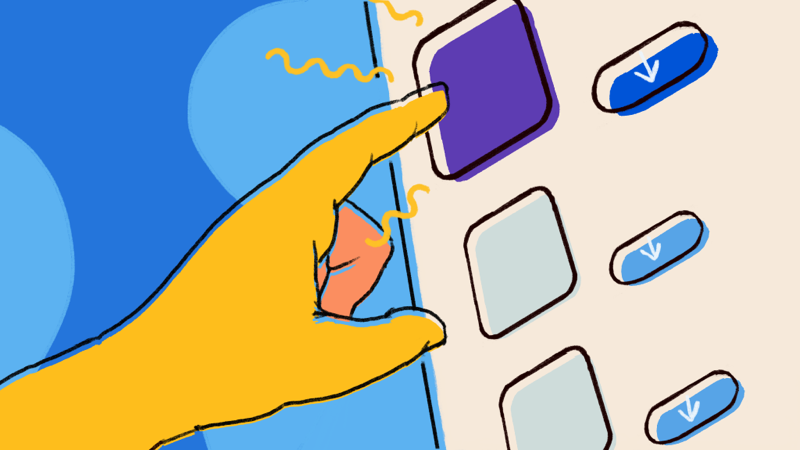
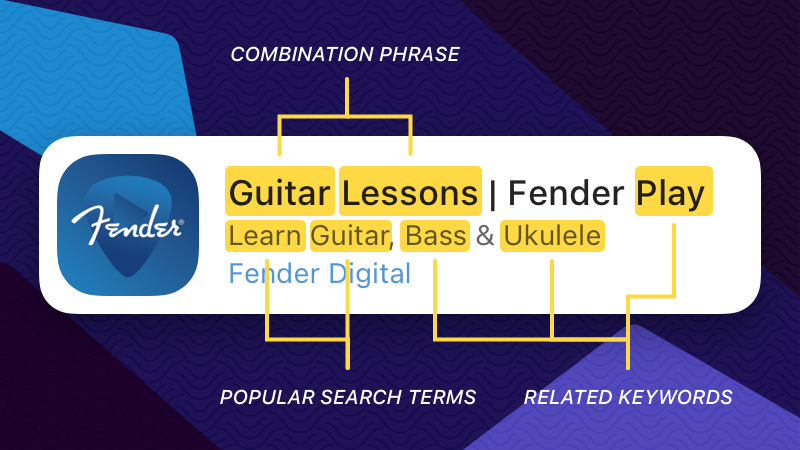
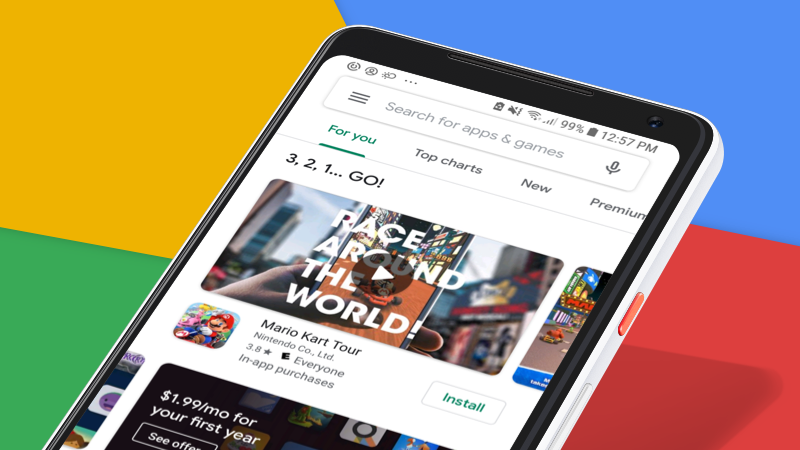



I also did random small things here and there. If you attended one of the in-person events, I ran the music that played before and after the event. I created a playlist for each event so people could scan the codes and take them home. It would display as a little paper stand on the tables. I did whatever was necessary to move things along on a small team.
Project Results & Retrospective
As mentioned above, this, in part to all the other work I did for marketing, helped bring in new customers in a way that went above just a new paint job—rethinking the content that connected the dots between the content and the product. The new strategy grew to more clearly show the CEO and, through that, the company as an influencer, insider, and authority in what they were selling. Attendance and event registrations kept growing as the pandemic hit and moved the format online.
Its new content library quickly started to get picked up way more often by major press like TechCrunch, The Verge, The Washington Post, The New York Times, Forbes, and others. This resulted in creating pricing plans for journalists, giving them access to the same public data the company used to make its insights. Getting these journalists to use Appfigures' data to write their scoops took exposure away from the competitors they’d typically get their data from. Having Appfigures mentioned more and competitors mentioned less was massive in itself.
The project took off a lot further than we anticipated, and supporting it was a non-insignificant part of my job for the first couple of years. After some time, I was able to create the efficiency to be more hands-off so that I could move on to more projects in product design. I made helpful content generation tools like asset templates that were easy enough for the writer to use but had variations in the design between each use.
The MVP didn't have the best visual design, and for the most part, it's still running on the MVP design. I already had designs to overhaul its browsability and discoverability for the unprecedented growth of the content library. It was held up due to technical debt. But even what’s out there now was a win for them. It became one of the most impactful additions to the company in years. It created a way to draw users in with something exciting and valuable and show them how they could be doing it with just a free signup. Considering the size and budget at the start, the project became the best version of itself.
The company's efforts to engage with its audience through hosting bar meet-ups and Q&A sessions on Twitter threads were met with some challenges. There were limitations on the types of events that could be organized, which resulted in lower engagement levels. While bar meet-ups offered networking opportunities, they did not align with the company's intent of establishing itself as an industry authority and making the CEO a thought leader. I knew just running live panels and other more compelling events instead could better serve the purpose.
Moreover, due to Twitter’s platform complexities, the online Q&A events were difficult to access and were easy to miss. You can’t attend a Twitter thread, and it would quickly get hidden in timelines. It was a text-only experience where the reply chain in the thread was difficult to follow on Twitter. It might have worked well if they had been doing this after Spaces launched! But before that time, Twitter was not the right fit.
The company’s articles on the app industry used their data and occasionally generated engagement from journalists. But those articles were buried in miscellaneous posts. The blog wasn’t excelling as a great place to attract journalists who were just there for news, and because there was no guide-format content, they weren’t showing how developers and journalists could use the product to surface insights on their own.
I started showing them examples of things to try. They liked the ideas, and I was asked to plan, design, and build what I knew would improve its engagement and user acquisition. I set out to modernize its blog and provide its audience with clear, mutually beneficial value with a new content strategy, content management system, and events. When the project's success grew even further, I supported the various media channels that directly came from it, like the YouTube channel, newsletter, and podcast.